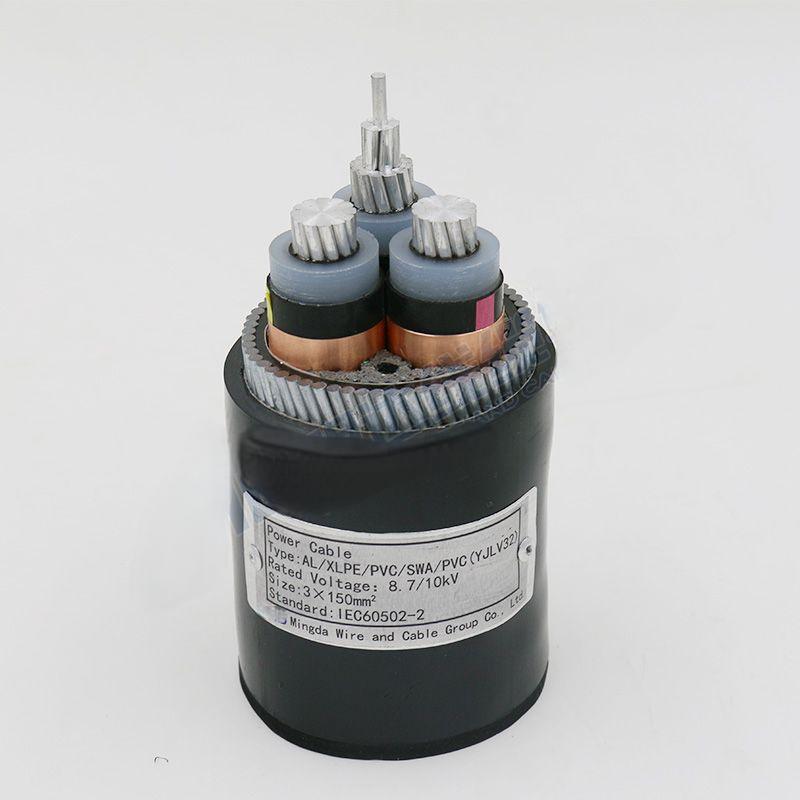Dis . 01, 2024 00:59 Back to list
Flanged Ball Valve Design and Applications in Industrial Systems for Enhanced Fluid Control
Understanding Flanged Ball Valves A Key Component in Fluid Control
Flanged ball valves are crucial components in various industries, playing a significant role in controlling the flow of fluids. These valves are designed with a spherical disc, known as a ball, which features a hole in the center, allowing for a smooth passage when the valve is open. When the ball is rotated perpendicular to the flow direction, it effectively stops the flow, making it an excellent option for on/off applications.
Design and Construction
The primary feature of flanged ball valves is their flanged ends, which facilitate easy installation and removal in piping systems. The flanges are manufactured according to specific standards, which ensures compatibility with a variety of piping systems, including those in water, oil, and gas industries.
Typically constructed from materials such as stainless steel, brass, or PVC, flanged ball valves are chosen based on the properties of the fluid they will be handling, including temperature, pressure, and chemical composition. The choice of material not only impacts durability and resistance to corrosion but also influences the valve's performance under different operating conditions.
Applications and Advantages
Flanged ball valves are widely used in applications where tight shut-off is necessary. Industries such as oil and gas, chemical processing, water treatment, and HVAC systems frequently utilize these valves due to their reliability and ease of operation.
One of the primary advantages of flanged ball valves is their low-pressure drop across the valve when fully open. This characteristic makes them ideal for high-flow applications, where maintaining fluid velocity is crucial. Furthermore, the spherical design of the ball provides a significant sealing surface, ensuring that when closed, the valve prevents any leakage, which is paramount in maintaining system integrity.
Another notable feature of flanged ball valves is their ease of operation. They can be manually operated using a lever or may be equipped with actuators for automated systems. The quick quarter-turn operation allows for rapid closing and opening, which can be essential in emergency situations.
flanged ball valve

Maintenance and Installation
Proper installation and maintenance of flanged ball valves are vital for optimal performance and longevity. During installation, it is essential to ensure that the flanges are aligned correctly and that gaskets are used to prevent leaks. Torque specifications should also be adhered to, preventing any undue stress on the valve that could lead to premature failure.
Maintenance typically involves regular inspections for leaks, wear, and tear. Since flanged ball valves are less prone to wear compared to other types of valves due to their simple design, they often require less frequent maintenance. However, periodic checks should be implemented to identify any potential issues early, particularly in systems under high pressure or extreme temperatures.
The Future of Flanged Ball Valves
As industries evolve, the demand for more efficient and durable valve solutions continues to grow. Innovations in materials and technology are paving the way for the evolution of flanged ball valves to meet modern standards. For instance, the incorporation of advanced coatings can enhance corrosion resistance, while developments in smart technology allow for better monitoring and control within automated systems.
Moreover, the increasing awareness of sustainability and environmental impact has led manufacturers to explore eco-friendly materials and production processes, ensuring that flanged ball valves not only meet performance expectations but also align with global sustainability goals.
Conclusion
In summary, flanged ball valves are a fundamental aspect of fluid control in many industrial applications. Their robust design, ease of operation, and reliability make them a preferred choice for engineers and operators alike. As technology continues to advance and industries evolve, these valves are likely to remain a crucial component in the infrastructure that supports our modern world. Understanding their composition, benefits, and proper maintenance practices ensures that systems operate efficiently and safely, supporting the critical functions they serve in various sectors.
Share
-
Reliable Wafer Type Butterfly Valves for Every IndustryNewsJul.25,2025
-
Reliable Flow Control Begins with the Right Ball Check ValveNewsJul.25,2025
-
Precision Flow Control Starts with Quality ValvesNewsJul.25,2025
-
Industrial Flow Control ReliabilityNewsJul.25,2025
-
Engineered for Efficiency Gate Valves That Power Industrial PerformanceNewsJul.25,2025
-
Empowering Infrastructure Through Quality ManufacturingNewsJul.25,2025